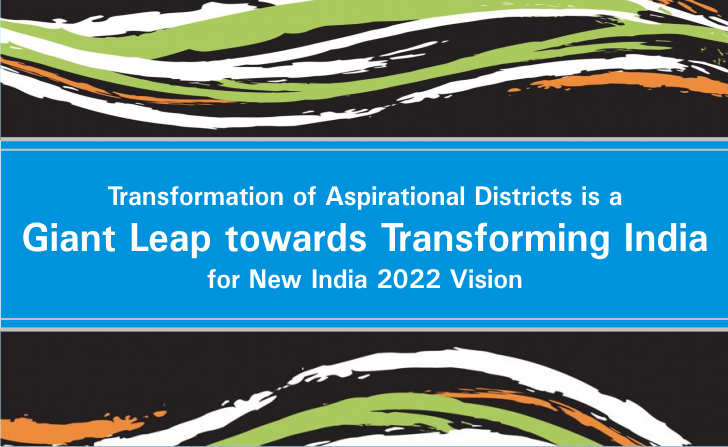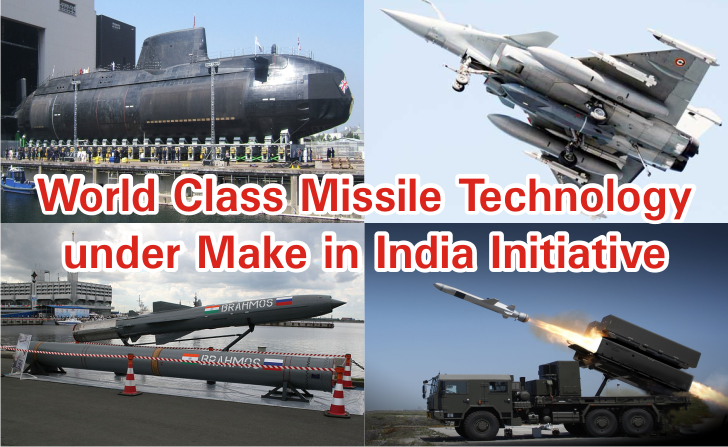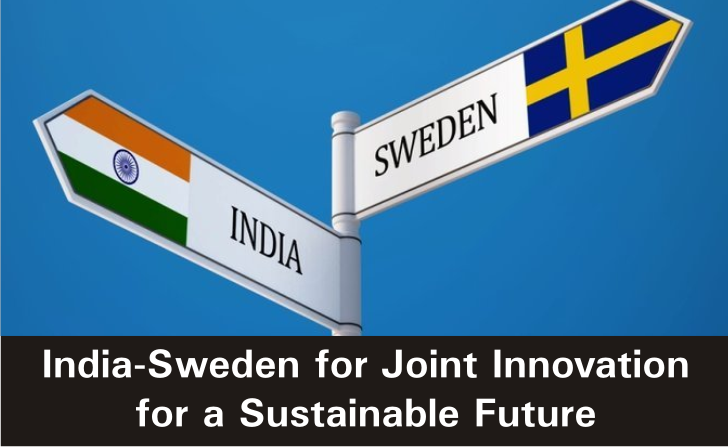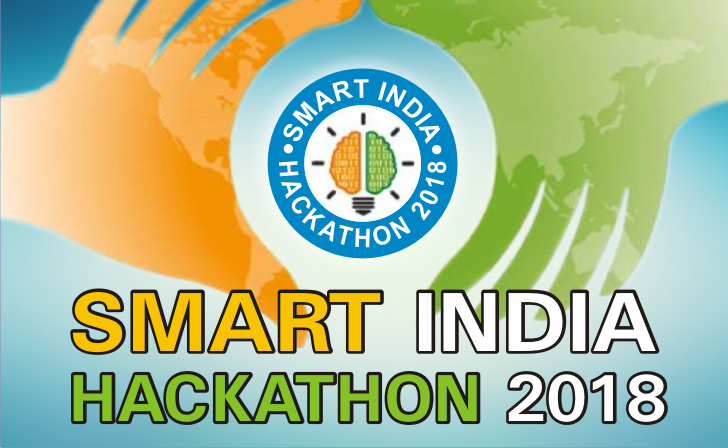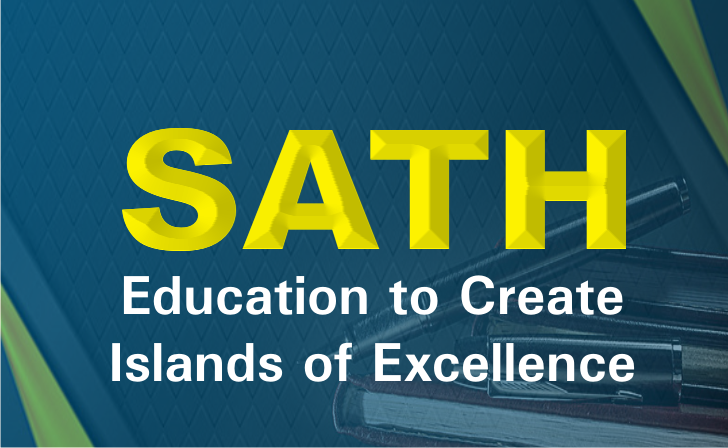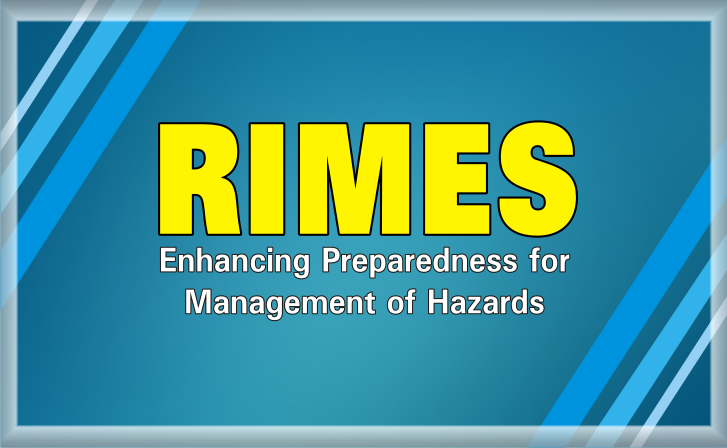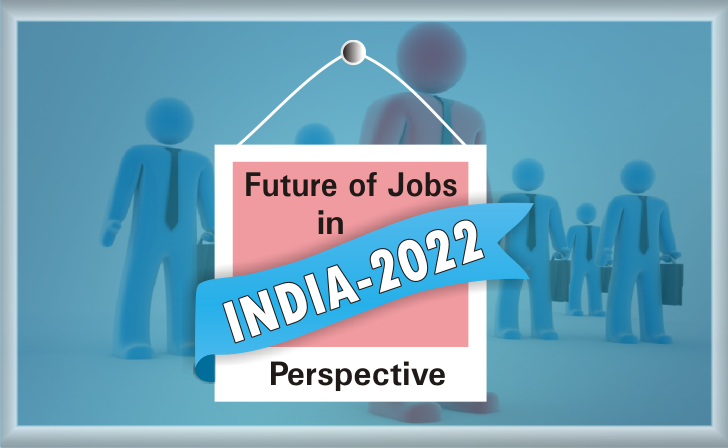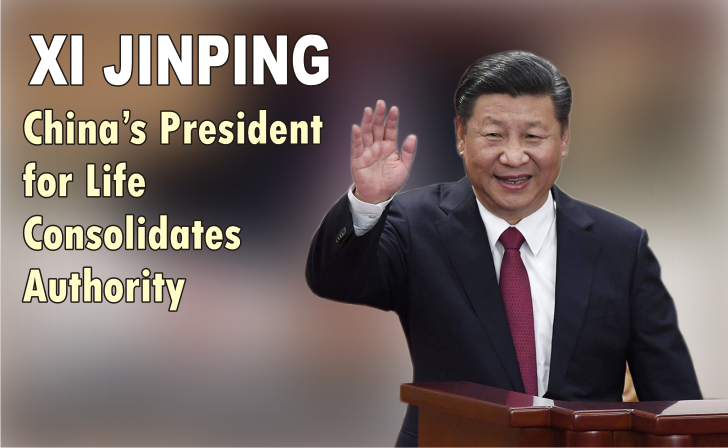Bijapur the tribal district in Chhattisgarh is one of the most backward regions in the country but has started doing well on various development parameters. Prime Minister Narendra Modi the first Prime Minister to visit Bijapur, while inaugurating the first health centre under Ayushman Bharat Scheme to end social imbalance in the country at Bijapur on the 127th birth anniversary of B R Ambedkar on April 14, 2018 Modi said, “We are working with a new approach for 115 districts of the country under Aspirational Districts Programme (ADP), including Bijapur. If Bijapur can see development in 100 days then why can’t the other districts witness the same? I came here to assure you that with all the development projects now Bijapur district will no longer be known as a backward district.” Prime Minister’s visit to Bijapur gives wings to the aspirations of people in the remotest parts of India to become a rightful partner in India’s growth story. Jangala Development Hub, situated in a panchayat that has emerged as a model panchayat, and its people, ‘Champions of Change’, who despite all odds and being at the epicenter of Left Wing Extremism have performed very well, especially post the launch of Aspirational District programme on January 5, 2018.
Bijapur represents a microcosm of aspirations of a youthful nation as in short span of time; it has made spectacular progress in health, nutrition, education and creation of livelihood opportunities. This District, which has ranked among the top 5 performing districts on the basis of percent change in key indicators, has taken series of innovative measures. This has been achieved on the back of best practices such as the creation of a well- functioning hospital with doctors recruited on competitive salaries from different parts of the country by utilizing the flexibility provided under the National Health Mission, running of schools for naxal-affected children in portable cabins and various measures to improve livelihood opportunities. These measures amply demonstrate the spirit of cooperative federalism wherein if the Centre, State and District administration work as a team, rapid transformation for creation of a New India by 2022 is an achievable.
Aspirational Districts Programme (ADP) is an innovation in governance that covers about 15% of India’s population and is reflective of the priority of the Government to provide for the poorest of the poor. It is a well-known fact that India is on a high growth trajectory. What was urgently needed however was the enhancement of the Human Development Index and the reduction in the significant inter-state and inter-district variations in development. For this to happen, the Prime Minister felt that the aspirational districts have to be transformed, and launched the ‘Transformation of Aspirational Districts’ programme in January 2018.
- ADP hinges on expeditiously transforming 115 districts that were identified from 28 states, in a transparent manner.
- The intent is to leverage the resources of the several government programmes that already exist but are not always used efficiently.
- Three core aspects frame the structure of ADP:
- Convergence (of Central & State Schemes),
- Collaboration (of Central, State level ‘Prabhari’ Officers & District Collectors),
- Competition among districts.
- Driven primarily by the States and instituted for the States, this initiative focuses on the strength of each district, and identifies the attainable outcomes for immediate improvement, while measuring progress, and ranking the selected districts.
- An Empowered Committee under the convenorship of the CEO of NITI Aayog has been instituted to help in the convergence of various government schemes and streamlining of efforts.
- To optimally utilize potential and ensure that the New India 2022 is a part of every individual’s vision especially in the rural areas, this initiative focuses closely on improving people’s ability to participate fully in the rapidly growing economy.
- Baseline ranking for the 115 aspirational districts is based on 49 indicators across five sectors that include health and nutrition, education, agriculture and water resources, financial inclusion and skill development, and basic infrastructure.
- There will be a dynamic ranking of performance of districts. Since the progress will be captured on a real time basis, a dashboard has been formulated that features a real-time monitoring mechanism. The key tangible outcomes will be as follows:
- What is measured, is expected to improve rapidly across states
- A co-operative competition among districts as a vital strategy
- Eventually, this is expected to help fine-tune Government programmes.
- As of April 1, 2018 districts have started entering data. To help evaluate progress and the success of initiatives introduced by the Central Government in collaboration with the States, a delta ranking of these districts will be displayed every month from May 2018 on the dashboard based on the “incremental progress” to be monitored on a real-time basis.
With ADP, India would emerge as a hub for experiment as globally, governments have been increasingly incorporating data to inform policies on a large scale. No other developing country has undertaken a program that focuses on holistic development of a large share of its population. ADP is an all-India initiative meant to trigger uniform growth and development in every corner of the country.
ADP is essentially a competitive federalism and synergy-enhancing module that will eventually give every corner of India – rural or urban, a chance to exceed its own aspirations, and a platform to be heard and where required, helped.
ADP initiative is supported by prestigious partners in programme implementation which provide ground level support, like the Tata Trust, Piramal Foundation, ITC, and L&T, as well as the Bill & Melinda Gates Foundation and IDInsight to conduct surveys. The partners will ably support the programme through leadership development, change management, technology integration and implementing various innovative practices.
ADP is an immersive initiative that will change the landscape of how India progresses through the vision of the Government of India. NITI’s focus is to improve India in the Human Development Index ranking, raising the living standards of its citizens and ensuring inclusive growth for all.
‘Transformation of Aspirational Districts’ initiative envisioned by the Prime Minister is a giant leap towards transforming India for the New India 2022 vision.

